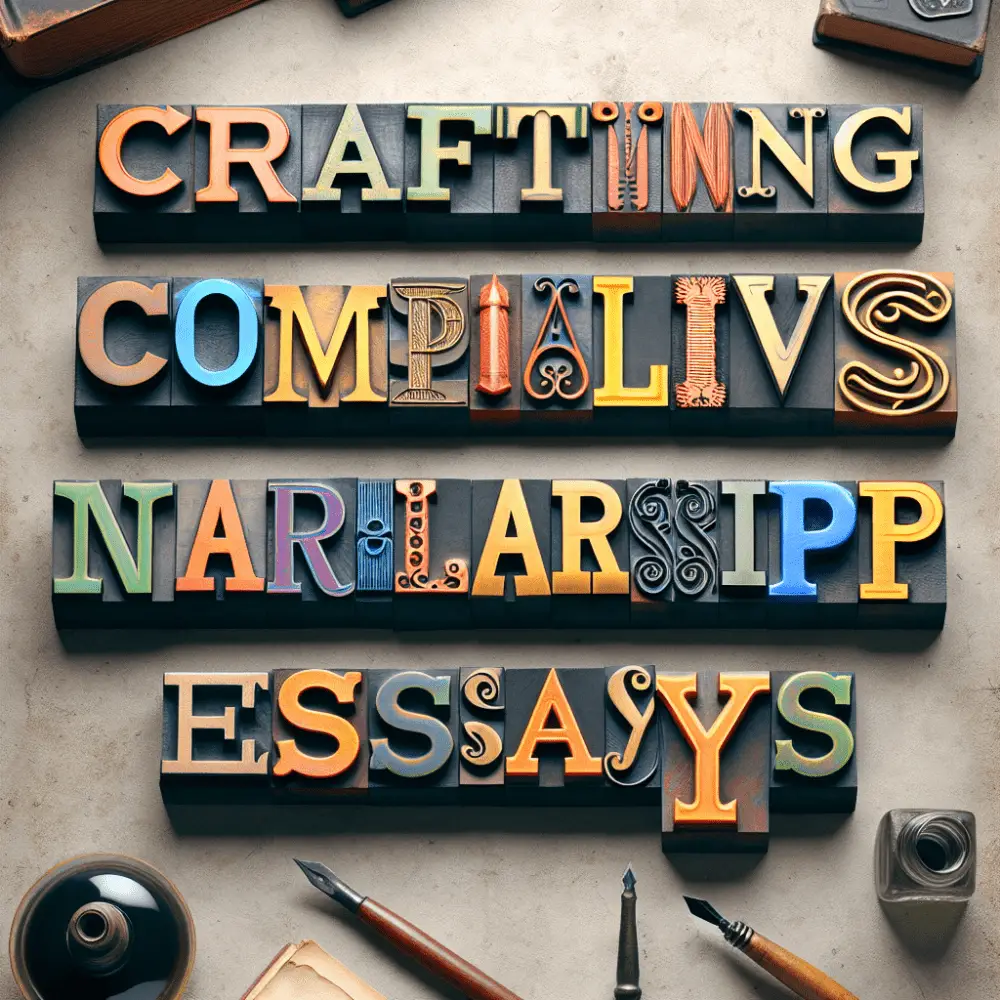
Crafting compelling narratives for scholarship applications is a critical skill for students aiming to gain the attention of scholarship committees. To capture the interest of these committees, applicants need to do more than just list their achievements and aspirations. They must weave their experiences, goals, and personality into an engaging story that distinguishes them from other candidates. A strong narrative not only highlights the applicant’s qualifications but also connects these elements to the specific values and objectives of the scholarship program.
Identifying Scholarship Values
Understanding the values and objectives of a scholarship program is a crucial first step in crafting an effective narrative. For instance, the "Fully Funded Urban Development and Smart City Fellowship in Finland, 2025" is likely to prioritize candidates who demonstrate a passion for urban planning, sustainability, and technological innovation. Similarly, the "£8,000 American Region Postgraduate Excellence Scholarship Awards in the United Kingdom 2024" may focus on supporting students from the American region who are ready to excel in their postgraduate studies in the UK.
To tailor the narrative effectively, applicants should thoroughly research the scholarship’s mission and the qualities the program seeks to support. Recognizing these criteria allows applicants to connect their backgrounds to the scholarship’s goals, presenting themselves as perfect fits.
Creating a Personal Story
Once applicants understand the scholarship’s values, they need to create a personal story that aligns with these ideals. This story should encompass the individual’s journey, including formative experiences, challenges overcome, and lessons learned. These elements help illustrate the character and potential of the applicant.
For example, an applicant for the Urban Development and Smart City Fellowship might begin their narrative by discussing a formative experience in a rapidly growing city. They could describe how witnessing both the benefits and drawbacks of urbanization sparked their interest in sustainable urban planning. By detailing specific experiences and their impact, the applicant can draw a clear line from their past to their future aspirations in urban development.
Connecting Past Experiences to Future Goals
A compelling narrative links past achievements and experiences to future objectives. Scholarship committees are interested in how an applicant’s history positions them to make significant contributions in their chosen field. This connection demonstrates not only preparedness but also a clear vision for the future.
For instance, a candidate for the American Region Postgraduate Excellence Scholarship may have completed undergraduate studies focusing on international relations, with a particular interest in UK-US relations. By connecting this academic background to their goal of pursuing advanced research in transatlantic diplomacy at a UK university, the applicant illustrates how their past studies are directly relevant to their future plans.
Highlighting Unique Qualities and Skills
Scholarship committees look for candidates with unique qualities and skills that distinguish them from other applicants. An effective narrative spotlights these characteristics, ensuring they align with the scholarship’s focus. This may include leadership skills, initiative, creativity, or resilience, among others.
Applicants should provide examples of how they have demonstrated these qualities in various contexts. For instance, they might discuss a leadership role in a student organization or a project that required innovative problem-solving. By illustrating these skills in action, applicants help scholarship committees visualize their potential contributions.
Demonstrating Impactful Plans
Scholarship committees are often keen on supporting students who plan to make a meaningful impact in their field. A strong narrative should articulate a candidate’s vision for their future and how the scholarship will enable them to achieve these goals. This projection not only clarifies the applicant’s ambitions but also conveys a sense of purpose and determination.
When applying for the Urban Development and Smart City Fellowship, an applicant might detail their plans to develop sustainable housing solutions in high-density urban areas. They could explain how the fellowship would provide the financial support and academic resources necessary to pursue advanced studies and research in sustainable urban development, ultimately enabling them to bring their ideas to fruition.
Showing Authenticity and Passion
Genuine passion for a subject is contagious and can be a powerful draw for scholarship committees. A narrative that reflects true enthusiasm for the chosen field can make an application memorable. It is important that this passion feels authentic and not forced, as committees can discern genuine commitment from embellishment.
For example, an applicant’s narrative might include a description of attending a city planning seminar that confirmed their love for urban development. Such anecdotes help convey an abiding interest in and commitment to the field, reassuring committees that their support is going to a truly dedicated individual.
Incorporating Feedback
After drafting a narrative, seeking feedback is an essential step. Constructive input from mentors, educators, or peers can provide new perspectives and insight into how the narrative might be strengthened. This feedback can highlight areas where the story might not be as clear or compelling as it could be, allowing the applicant to make improvements before submission.
Applicants should be open to revising their narratives multiple times. Ensuring that the story is coherent, engaging, and well-aligned with the scholarship’s goals often takes multiple drafts.
Avoiding Common Pitfalls
Applicants should also be aware of common pitfalls that can undermine a narrative. One such mistake is focusing too much on achievements without contextualizing them within a broader narrative. Achievements should come across as part of the applicant’s journey rather than standalone accomplishments.
Another common pitfall is failing to tailor the narrative to the specific scholarship. Generic applications often miss the mark. Each scholarship has unique requirements and preferences, and applicants must sculpt their narratives accordingly.
Proofreading and Presentation
The final steps in preparing a scholarship application include thorough proofreading and attention to presentation. Spelling and grammatical errors can detract from the credibility of a narrative, so careful proofreading is essential. Additionally, the narrative should be well-organized and easy to follow, with a clear structure that guides the reader through the applicant’s story.
Applicants may also benefit from formatting their application in a way that is visually appealing and professional. While the content is paramount, a well-presented application can make a positive impression.
Conclusion
Crafting a compelling narrative for a scholarship application is part art, part strategy. By understanding a scholarship’s values, creating a personal story, connecting past experiences with future goals, highlighting unique qualities, demonstrating impactful plans, showing authenticity, incorporating feedback, avoiding common pitfalls, and ensuring clarity and professionalism, applicants can create a narrative that captures the attention of scholarship committees.
Ultimately, a strong narrative not only improves an applicant’s chances of success but also serves as a powerful expression of who they are and what they aspire to achieve. By investing time and effort into crafting this story, students can open doors to opportunities, such as those presented by the "Fully Funded Urban Development and Smart City Fellowship in Finland, 2025" or the "£8,000 American Region Postgraduate Excellence Scholarship Awards in the United Kingdom 2024", that pave the way for their future success.












